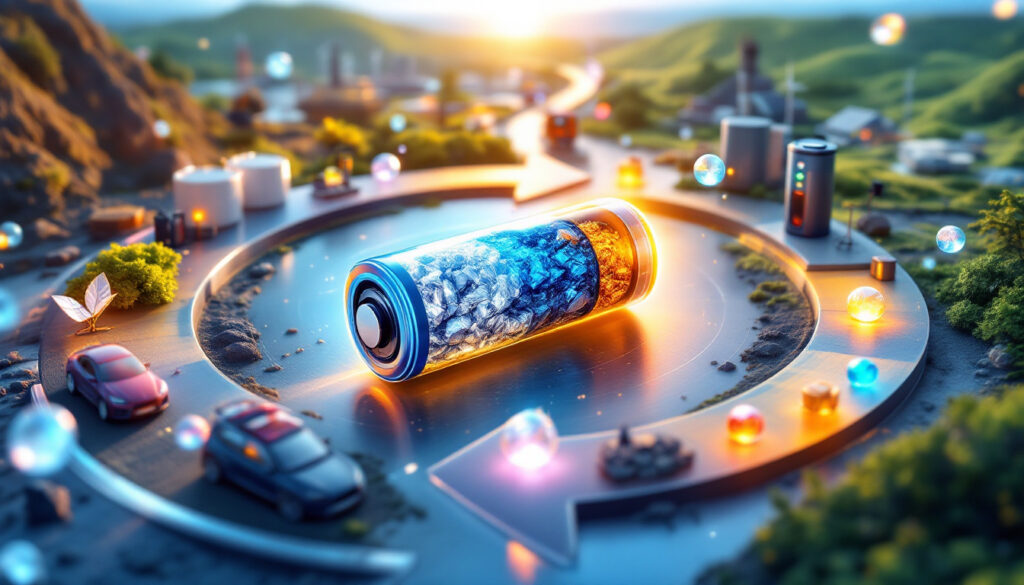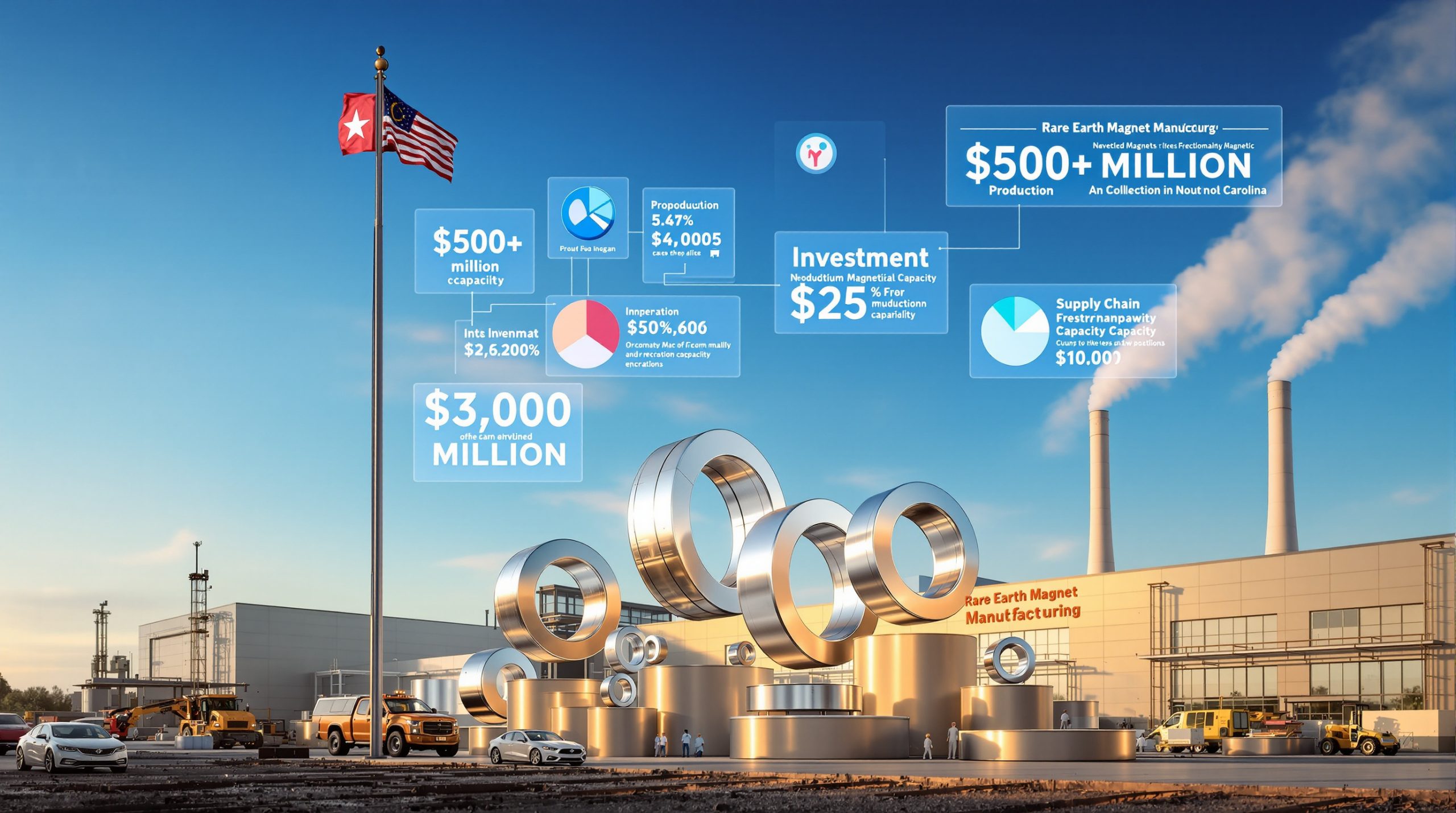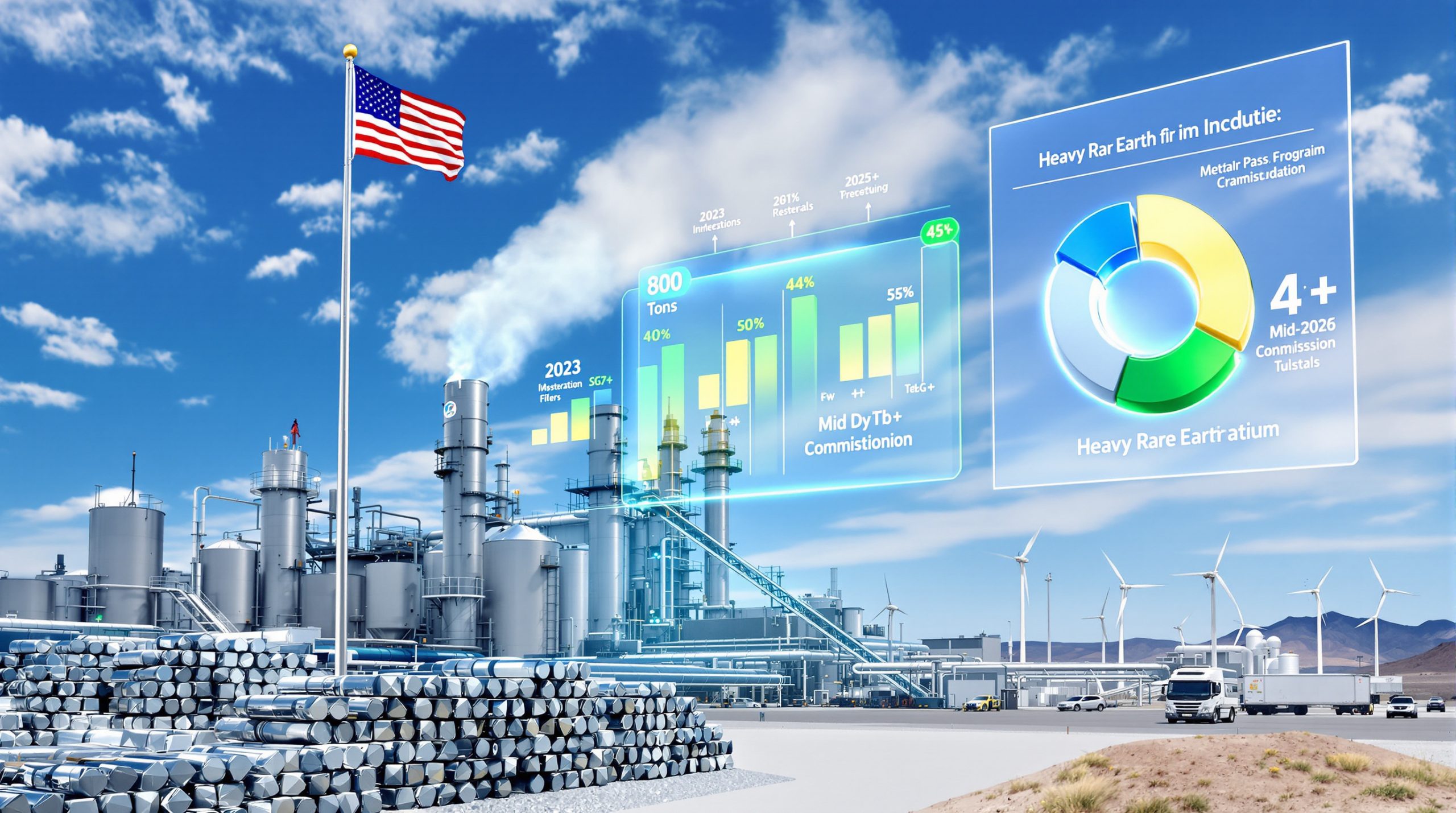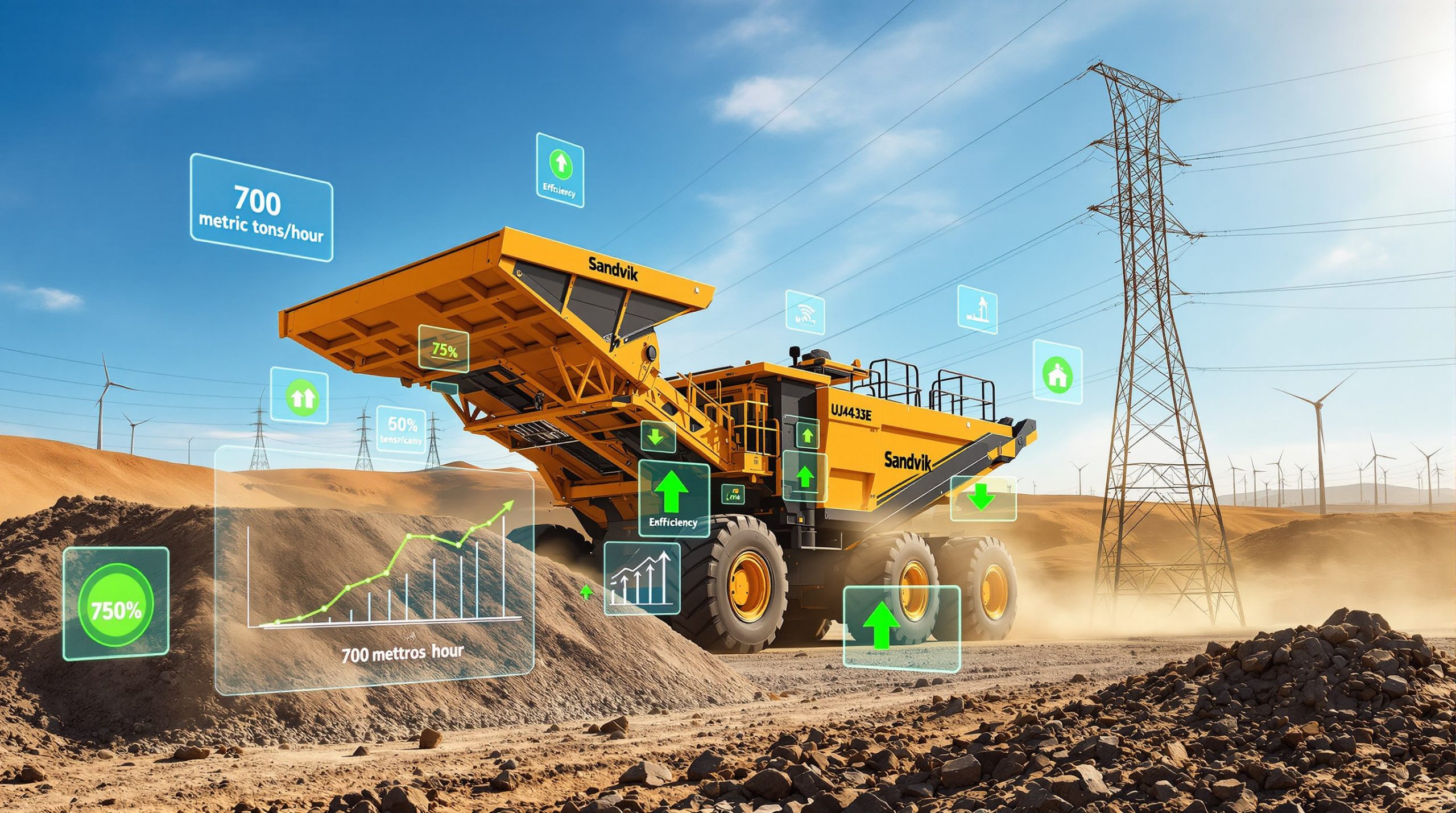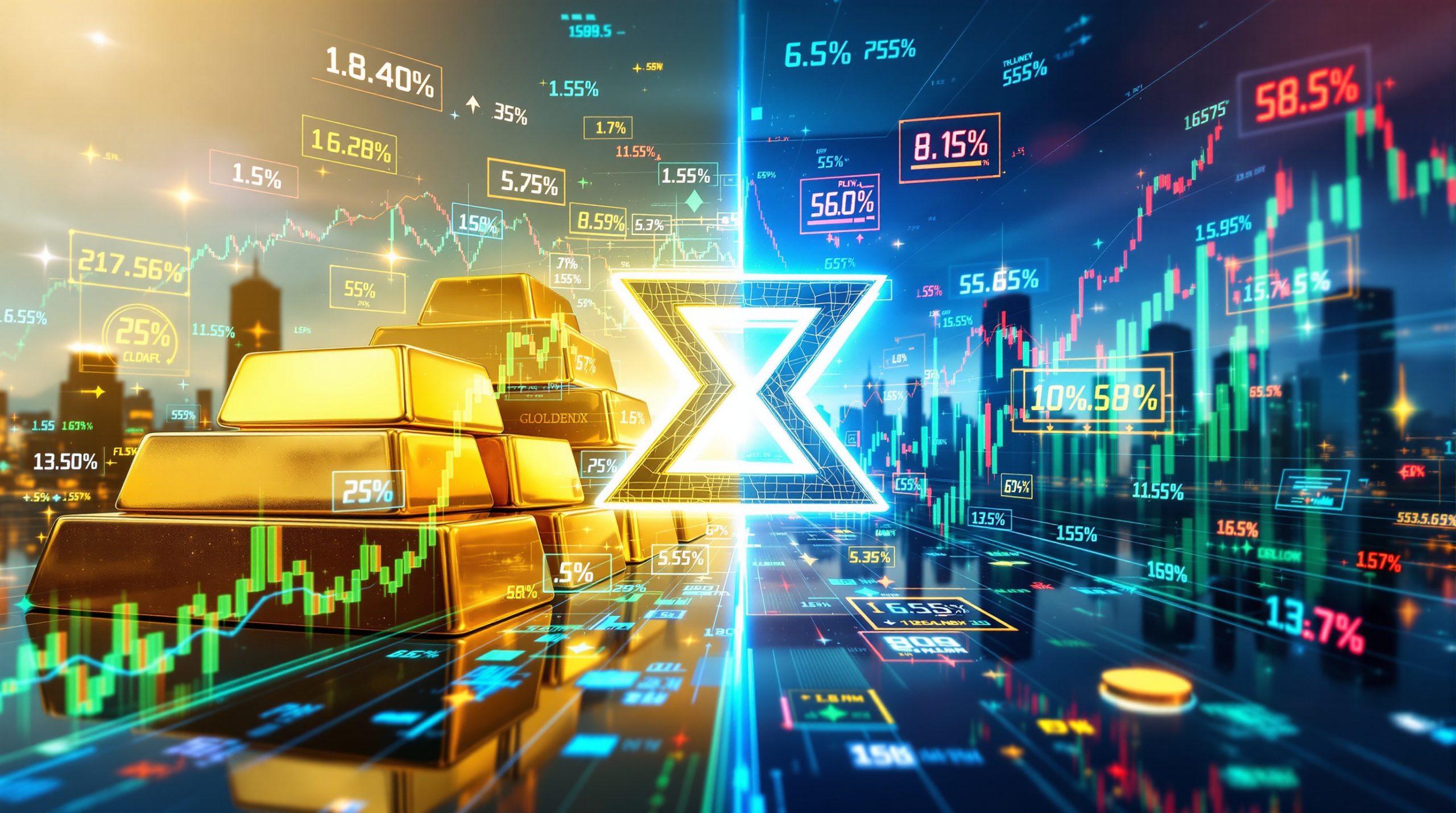What Are Critical Materials in the New Energy Transition?
Definition and Importance of Critical Materials
Critical materials are minerals and metals indispensable for clean energy technologies but susceptible to supply disruptions. Lithium, cobalt, and nickel form the backbone of lithium-ion batteries, while rare earth elements like neodymium are vital for permanent magnets in wind turbines.
The global EV market alone consumed approximately 70% of lithium production in 2023, with demand projected to triple by 2030. China's dominance in rare earth processing—controlling 90% of global refining capacity—highlights the geopolitical stakes.
Recycling these materials preserves economic value: recovering lithium from spent batteries costs 30–50% less than primary extraction. The implementation of direct lithium extraction technologies is also creating more sustainable production methods.
The Growing Challenge of New Energy Waste
By 2030, over 11 million metric tons of lithium-ion batteries will reach end-of-life globally, with China accounting for 60% of this volume. Solar panel waste is similarly daunting, with projections suggesting 8 million metric tons annually by 2040.
Improper disposal risks leaching toxic heavy metals like cadmium and lead into ecosystems, contaminating soil and groundwater. Conversely, recovering lithium from recycled batteries could satisfy 15% of global demand by 2035, underscoring the opportunity cost of inadequate recycling infrastructure.
Why Is Recycling Critical Materials Becoming Essential?
Resource Security in a Changing Geopolitical Landscape
Trade tensions between China and the U.S. have exacerbated supply chain fragility. In 2023, China restricted graphite battery outlook exports—a key battery component—prompting Western nations to accelerate recycling initiatives.
Beijing's "Mineral Independence Strategy" aims to source 30% of critical materials from domestic recycling by 2030, reducing reliance on imports. The European Union's Critical Raw Materials Act mirrors this approach, mandating 15% recycling for strategic materials by 2030.
Economic Benefits of Material Recovery
Recycling lithium retains up to 95% of its economic value, compared to 40–60% for cobalt and nickel. The global battery recycling market, valued at $12.2 billion in 2024, is expected to grow at a 21.3% CAGR through 2030.
Chinese firms like Henan Hairui Intelligent Technology report that 70% of revenue stems from recycling equipment sales, reflecting booming demand. Recycled materials also cut production costs: using reclaimed lithium slashes battery manufacturing expenses by 10–15%.
How Does the Battery Recycling Process Work?
Collection and Transportation Systems
China's EV battery take-back programs, mandated by 2018 regulations, ensure manufacturers oversee collection. Advanced tracking systems, such as blockchain platforms developed by CATL, authenticate battery provenance and optimize logistics.
Safety protocols for transporting damaged batteries include fire-resistant containers and real-time temperature monitoring.
Technical Recovery Methods
Hydrometallurgical recycling, which uses chemical leaching to extract metals, achieves 95% lithium recovery rates but requires significant water input.
Pyrometallurgy, employing high-temperature smelting, recovers 98% of cobalt and nickel but emits 4.5 tons of CO₂ per ton of processed batteries.
Emerging direct recycling techniques preserve cathode structures, reducing energy use by 50% compared to conventional methods.
Quality Control and Material Purity
Recycled lithium must meet 99.5% purity standards for reuse in batteries, achievable through multi-stage filtration.
China's GB/T 34015-2023 certification ensures recycled materials match virgin quality, with penalties for non-compliance.
CATL's recycled lithium exhibits comparable cycle life (3,000 cycles) to mined lithium, validating technical feasibility.
What Technologies Are Driving the Recycling Revolution?
Specialized Equipment and Machinery
Henan Hairui's automated disassembly lines process 10,000 tons of batteries annually, using AI-powered vision systems to sort components.
X-ray fluorescence (XRF) analyzers identify metal compositions with 99.9% accuracy, minimizing cross-contamination.
Modular recycling units, deployable in urban areas, reduce transportation emissions by 20%.
Digital Solutions and Traceability
Alibaba Cloud's blockchain platform tracks 1.2 million battery packs across China, enabling real-time audits.
AI algorithms at GEM Co. Ltd. optimize pyrolysis conditions, boosting recovery efficiency by 12%.
Predictive maintenance systems, leveraging IoT sensors, cut downtime by 30% in recycling plants.
How Is China Leading the Circular Economy for New Energy?
Policy Framework and Government Initiatives
China's 2025 Circular Economy Promotion Law mandates 50% recycling rates for critical materials, enforced through producer responsibility schemes.
Subsidies of $1.2 billion support R&D in hydrometallurgy and direct recycling.
The "Urban Mining" initiative has established 45 industrial parks, processing 2 million tons of e-waste annually.
Case Studies of Successful Recycling Enterprises
GEM Co. Ltd., a Shenzhen-based firm, recycles 200,000 EV batteries yearly, supplying 20% of China's nickel and cobalt demand.
BYD's closed-loop system recovers 98% of battery materials, reducing raw material costs by $150 million annually.
Market Evolution and Business Models
Vertical integration dominates: CATL acquired Guangdong Brunp Recycling to secure 40% of its lithium supply.
Service-based models, like NIO's battery-as-a-service, incentivize returns through deposit refunds, achieving 85% recovery rates.
What Are the Environmental Benefits of Critical Material Recycling?
Reduced Mining Impact
Recycling lithium reduces water consumption by 70% compared to brine extraction.
Land use for recycling facilities is 90% smaller than open-pit mines, preserving 450 km² of habitat annually. These environmental advantages align with broader decarbonisation in mining efforts across the resources sector.
Carbon Footprint Reduction
Life cycle assessments show recycled lithium generates 5.5 tons of CO₂ per ton versus 15 tons for mined lithium.
China's recycling sector avoids 12 million tons of CO₂ annually, equivalent to 2.6 million gasoline-powered cars.
What Challenges Remain in Scaling Recycling Operations?
Technical Limitations
Current methods recover only 50–70% of lithium from complex chemistries like LiFePO₄.
Heterogeneous waste streams—mixing NMC and LFP batteries—require customized processing, raising costs by 25%.
Economic and Market Barriers
Lithium price volatility (from $70,000/ton in 2022 to $20,000/ton in 2024) disrupts recycling profitability.
State subsidies for mining artificially depress virgin material costs, undercutting recyclers by 15%. This poses significant mining industry ESG challenges that must be addressed through comprehensive policy reform.
Regulatory and Standardization Issues
Divergent EU and Chinese purity standards complicate international trade, adding 10–15% compliance costs.
Contradictory waste classifications—hazardous vs. non-hazardous—delay cross-border shipments by 30 days.
How Can Businesses Enter the Critical Materials Recycling Market?
Investment Opportunities
The EV battery recycling sector offers 25–30% IRRs, attracting $4.8 billion in venture capital since 2023.
Pre-processing technologies, like cryogenic separation, present niche opportunities with 40% margins.
Skills and Workforce Development
China's National Vocational Standards for Recycling Engineers certify 5,000 technicians annually.
Tsinghua University's Circular Economy MBA program bridges technical and managerial gaps, graduating 200 specialists yearly.
What Does the Future Hold for Critical Materials Recycling?
Technological Innovations on the Horizon
Bioleaching using Acidithiobacillus bacteria could cut lithium recovery costs by 40% by 2030.
Solid-state battery recycling, leveraging laser ablation, promises 99.9% purity with zero wastewater. Innovations in this space are essential for addressing mineral shortages that could otherwise hamper the clean energy transition.
Integration with Broader Circular Economy
Material passport systems, digitizing composition data for 100 million products by 2030, will streamline recycling.
Volvo's "Design for Recyclability" guidelines target 90% reusable components by 2030. According to the Clean Energy Council, implementing such approaches across the renewable energy sector could dramatically increase material recovery rates.
Global Collaboration and Competition
The China-EU Circular Economy Alliance harmonizes standards across 15 material categories, fostering $8 billion in trade.
Africa's lithium reserves—untapped due to processing gaps—could supply 30% of global demand if recycling partnerships emerge.
FAQ: Critical Materials Recycling
What percentage of lithium can be recovered from used batteries?
Hydrometallurgical methods recover 95% of lithium, but commercial operations average 80% due to contamination.
Direct recycling prototypes achieve 99% recovery in lab settings.
How does recycling critical materials affect national security?
China's recycled lithium meets 25% of domestic demand, reducing reliance on Australian imports.
The U.S. Department of Energy aims for 50% recycled content in defense batteries by 2030.
What economic incentives exist for recycling critical materials?
China offers $3,000/ton tax rebates for recycled lithium.
The EU's Carbon Border Adjustment Mechanism imposes $50/ton fees on batteries with <30% recycled content.
How long does a typical lithium-ion battery last before requiring recycling?
EV batteries degrade to 70–80% capacity after 8–10 years, then enter second-life storage for 5–7 years before recycling.
Further Exploration
For deeper insights into China's circular economy strategies, consult the South China Morning Post's analysis of EV battery recycling ecosystems and the International Energy Agency's report on critical minerals in clean energy transitions.
Want to Stay Ahead of Critical Mineral Discoveries?
Discover significant ASX mineral announcements in real-time with Discovery Alert's proprietary Discovery IQ model, giving you immediate insights into potential investment opportunities in the critical minerals and clean energy sectors. Explore how major discoveries can generate substantial returns by visiting Discovery Alert's dedicated discoveries page.
